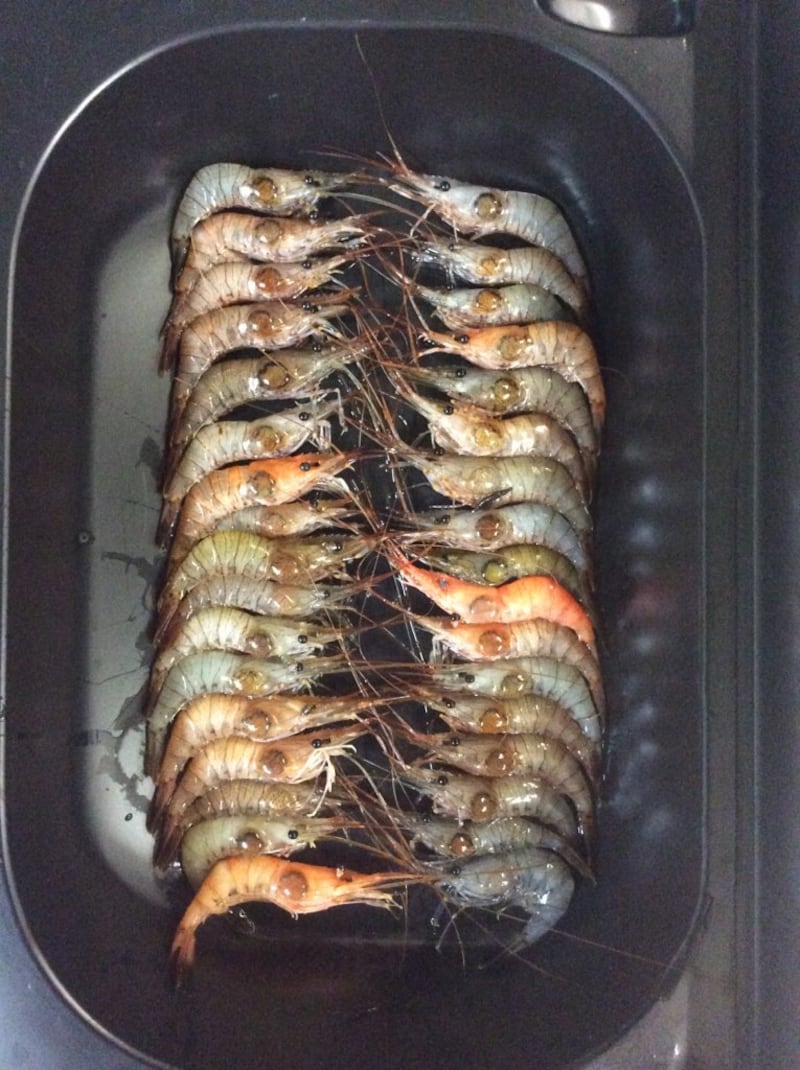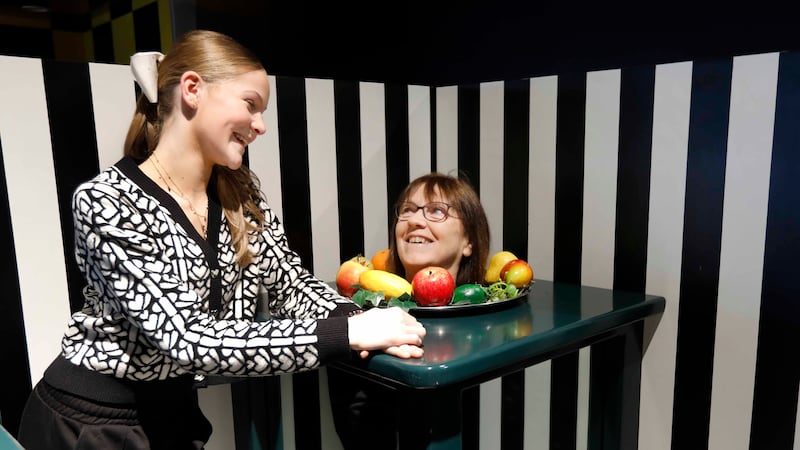Your research is on parasites – what do you look at?
I work on parasites that have complex life cycles spending parts of their lives in different animals, and I'm particularly interested in what lives in aquatic animals, like intertidal snails and crustaceans.
As well as being biologically interesting themselves, some of these parasites can have an economic impact on seafood harvests, so it is important that we understand their biology.
What inspired your interest in parasites?
I took the scenic route. I had chosen to study genetics originally, but after two years I knew it wasn't for me. So I took time out to travel, and realised I really wanted to work with animals.
I came back to University College Cork and studied zoology, and I did my final-year project on tiny parasites living in creatures called sea squirts. That's where I caught the bug to research parasites.
Where have you studied parasites?
Parasites are everywhere – they are thought to account for 50 per cent of all living species. Thinking back to when I was growing up in west Kerry, I now know that much of the biodiversity around us was unseen, and that those periwinkles we found on the beach would have had lots of parasites in them.
Then as a scientist, for my PhD at the University of Otago, I described parasites in intertidal snails in New Zealand and studied the effects they had on their snail hosts. Next I moved to Toronto, Canada, where I looked at parasites in tadpoles.
Tadpoles have this neat anti-parasite behaviour, they can twitch and swim erratically to try and evade parasites. Now I am at GMIT, and we are looking at the impacts of parasites in lots of animals including snails, velvet crabs, shrimp, fish and migratory birds.

What would you like people to know about parasites?
We always think parasites are something to get rid of – and by definition they take resources from hosts without offering tangible benefit – but they are a key component of ecosystems. Removing them could have knock-on effects that would be hard to anticipate. Also, the biodiversity of parasites is huge, they have adapted to all sorts of hosts and environments. A parasite might need to figure out how to move between and survive in three different hosts in its life cycle, and they have fascinating ways of doing this.
What have you found recently?
We worked with collaborators from the Czech Republic, France and Iceland, who were looking at how parasites move in migratory birds between Finland, Alaska and Iceland. They wanted to see how Ireland fitted into the picture. We helped them to find nine parasites, previously undescribed in Ireland, and all from snails living in freshwater habitats around Galway.
What is the best part of your job?
My research is a mix of field work – collecting samples and observing interactions in the wild – and lab work, including microscopic and molecular analysis of parasites. That's fun, but what I get most excited about is finding patterns in the data, from looking at how a single parasite affects its host to looking for broad patterns that tell you about diversity and interactions in ecosystems.
How do you take a break?
I don't really take much of a break from science to be honest. My partner is also a researcher, he works in computational biology and epidemiology, he has been especially busy during the pandemic. So we both live and breathe science, it's a hobby as well as a job.
















